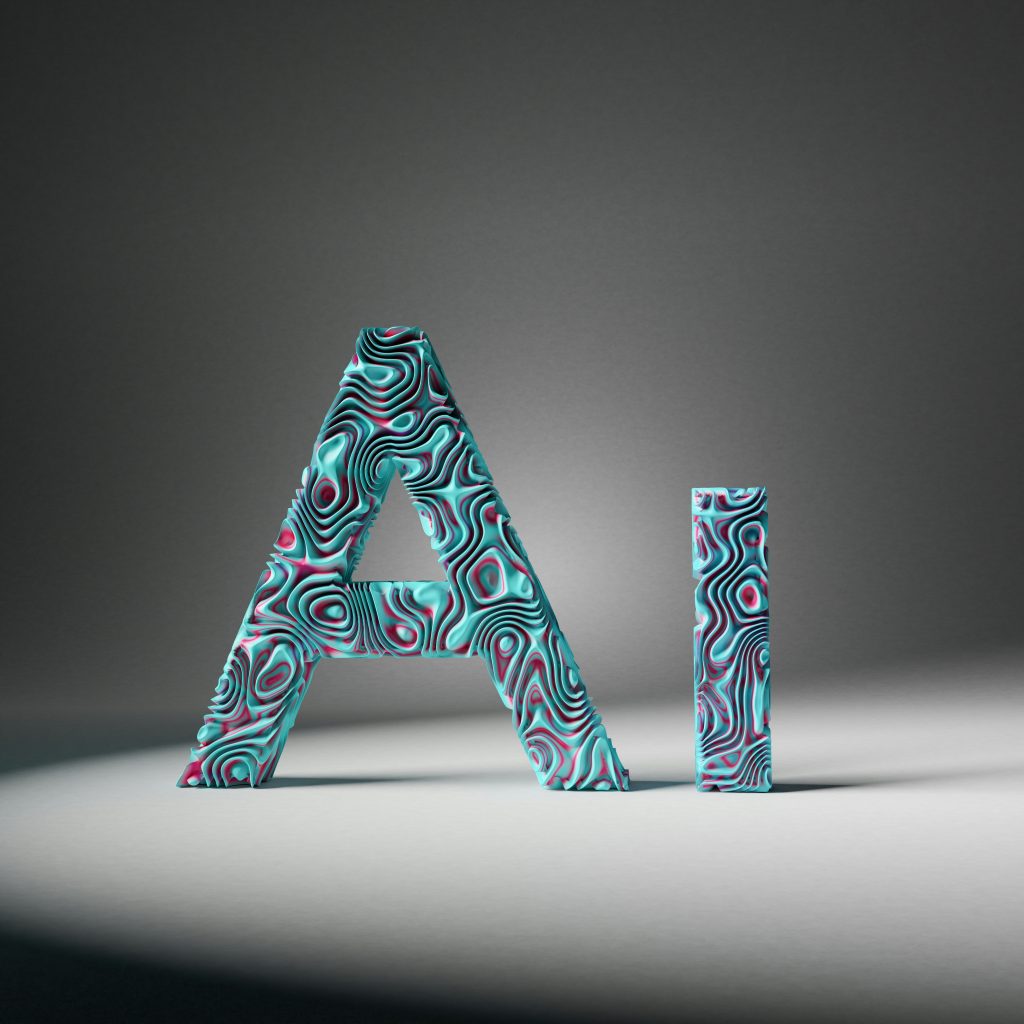- * boost
- * boost
- * boost
- * boost
- * boost
- * boost
- * boost
- * boost
- * boost
- * boost
- * boost
- * boost
- * boost
- * boost
- * visibility
- * visibility
- * visibility
- * visibility
- * visibility
- * visibility
- * visibility
- * visibility
- * visibility
- * visibility
- * visibility
- * visibility
- * visibility
- * visibility

How does the booster work?

Artificial Intelligence in the SDG-iLevel Project: The Online Visibility Booster
The Online Visibility Booster is a tool which allows university staff to quickly create and publish social media posts (smart texts and appealing images) to effectively promote their individual SDG contributions. It focuses on two main objectives which include ensuring an optimal user experience and call to action, and also ensuring accurate, qualified, varied, and engaging textual and visual messages of individual SDG contributions.
We first provide an outlook on how the Online Visibility Booster will work and then delve into the technical aspects behind it.
Generative AI
What actually is GenAI?
Challenges and Prospects
Despite progress, challenges like accuracy, bias, and hallucination generation persist. However, generative AI holds promise for businesses, impacting fields like coding, drug design, and supply chain optimization. While in early stages, its intrinsic capabilities suggest transformative potential in the future.
Transformer Innovation
Transformers, a recent breakthrough, redefine machine learning, eliminating pre-labeling requirements and introducing attention mechanisms. These innovations expand generative AI’s scope beyond text, enabling analysis of diverse data types. Large language models further enhance generative capabilities, setting the stage for transformative applications.
Generative AI
Generative AI, a versatile technology, revolutionizes content creation across mediums. Since the 1960s, it has evolved significantly, notably with the emergence of GANs in 2014, enabling realistic content generation. This advancement brings both opportunities and concerns, shaping various industries.
How does it work?
Generative AI initiates its creative process with a prompt, which can take the form of text, images, videos, designs, musical notes, or any input comprehensible by the AI system. Subsequently, various AI algorithms generate fresh content in response to this prompt, which may encompass essays, problem solutions, or even authentic-looking creations derived from images or audio recordings of individuals.
In the earlier iterations of generative AI, users had to transmit data via an API or navigate through a complex procedure. Developers were required to acquaint themselves with specialized tools and craft applications employing programming languages like Python.
Today, innovators in the field of generative AI are working on enhancing user experiences by allowing requests to be expressed in everyday language. Following the initial response, users have the option to further tailor the results by providing feedback on aspects such as style, tone, and other elements they wish the generated content to embody.
Generative AI finds applications across a wide spectrum of use cases, enabling the creation of virtually any type of content. Recent advancements, such as GPT’s adaptability for various applications, are making this technology increasingly accessible to users of diverse backgrounds. Here are some of the use cases for generative AI:
- Implementing chatbots for customer service and technical support.
- Employing deepfakes for the replication of individuals or specific persons.
- Enhancing the quality of dubbing in movies and educational contentacross different languages.
- Automatically generating email responses, resumes, and academic papers.
- Crafting photorealistic artwork in distinct artistic styles.
- Elevating the quality of product demonstration videos.
- Offering suggestions for novel drug compounds to undergo testing.
- Assisting in the design of physical products and architectural structures.
- Optimizing the creation of new chip designs.
- Composing music in specific styles or tones.
Models
Generative AI, a versatile technology, revolutionizes content cr
Generative AI models integrate a diverse range of AI algorithms to represent and process content. To illustrate, when generating text, multiple natural language processing techniques are employed to transform raw elements like characters (including letters, punctuation, and words) into components such as sentences, parts of speech, entities, and actions, all of which are converted into vectors through various encoding methods. Similarly, for images, various visual elements are converted into vector representations. It is important to note, however, that these techniques can inadvertently encode biases, racism, deception, and promotional exaggeration present in the training data.
Once developers determine how to represent the world, they apply specific neural networks to produce fresh content in response to queries or prompts. Methods like GANs (Generative Adversarial Networks) and variational autoencoders (VAEs) – which consist of both an encoder and decoder – prove effective in generating lifelike human faces, synthetic data for training AI, or even simulations of specific individuals.
Recent advancements in transformer models, such as Google’s Bidirectional Encoder Representations from Transformers (BERT), OpenAI’s GPT (Generative Pre-trained Transformer), and Google’s AlphaFold, have further expanded the capabilities of neural networks. These models can not only encode language, images, and protein structures, but also create novel content.
eation across mediums. Since the 1960s, it has evolved significantly, notably with the emergence of GANs in 2014, enabling realistic content generation. This advancement brings both opportunities and concerns, shaping various industries.

